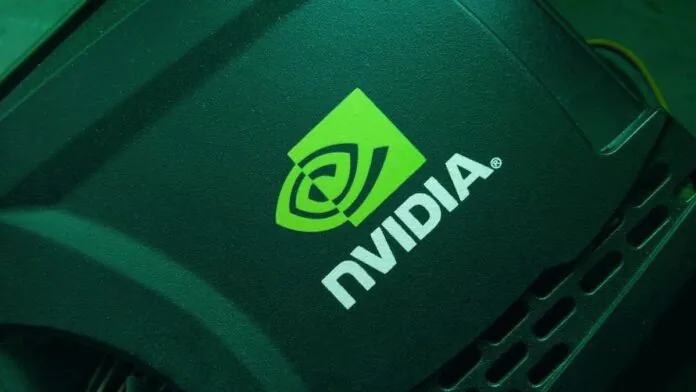© ROOT-NATION.com - Use of content is permitted with a backlink.
One of NVIDIA’s most trusted sources of hardware information, Kopite7kimi has shared some fresh details about the company’s upcoming graphics cards.
Kopite7kimi initially stated that the flagship gaming GPU of the upcoming series will receive a 512-bit memory interface. This information was allegedly confirmed by several sources. However, after a few months, new information appeared, according to which the memory bus will not be 512-bit, but 384-bit. Last week, the same source hinted that the RTX 50 and RTX 40 series could have very similar memory bus widths, hinting at no major changes for the flagship GPU known as the GB202.

Now Kopite7kimi talks about the 512-bit variant again, without going into details. It is unclear whether NVIDIA is planning different memory specifications or the source of the information is simply making educated guesses. Given the track record of the insider, one can lean towards the first option. What is clear, however, is that the details remain a bit vague for now.
I think my persistence is correct.
— kopite7kimi (@kopite7kimi) March 11, 2024
More importantly, the insider now claims that the new series will use GDDR7 memory clocked at 28Gbps, significantly surpassing the GDDR6X specifications. NVIDIA will still have plenty of room for future accelerators, as GDDR7 memory is typically advertised at 32Gbps and above.
28Gbps.
— kopite7kimi (@kopite7kimi) March 11, 2024
3GB GDDR7 modules probably shouldn’t be expected in the first wave of the RTX 50 line-up, but they are known to be in development and should be released next year, just as NVIDIA may release its mid-range and entry-level GPUs. This opens up the possibility of new variants of the amount of memory, which should not be ruled out yet.
At worst, NVIDIA will stick to the same memory bus width on its next-gen gaming graphics cards, which will still result in much higher bandwidth thanks to faster GDDR7 speeds. However, if for some reason NVIDIA were to consider a 512-bit version, that would mean the GPU would support even more memory and offer nearly 80% more bandwidth than the current AD102.

Finally, the same source also mentioned that the GB203’s GPU might be half that of the GB202, but neither confirmed nor denied the fact that the GB202 uses a multi-chip design. The current flagship AD102 boasts 80% more cores compared to the AD103. This took the RTX 4090 GPUs to a whole other level of performance. If NVIDIA takes a similar approach to Blackwell, we can once again expect a significant performance gap between the potential RTX 5090 and 5080 models, especially with the rumoured 512-bit bus.
Read also:
- NVIDIA introduced Cloud G-SYNC technology for cloud gaming
- NVIDIA H100 AI GPU is currently being resold as they are becoming more accessible


